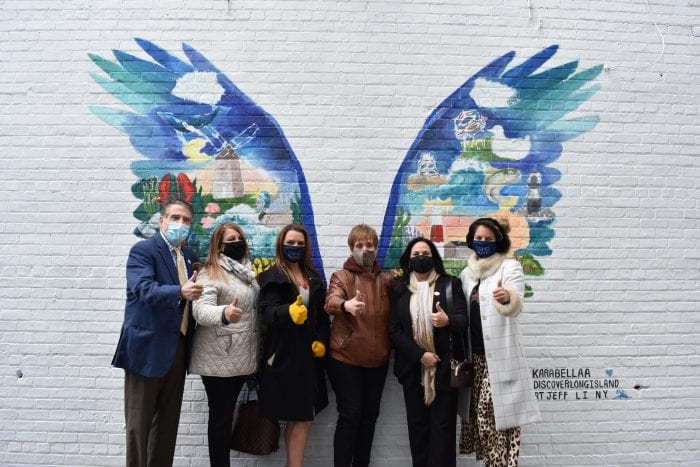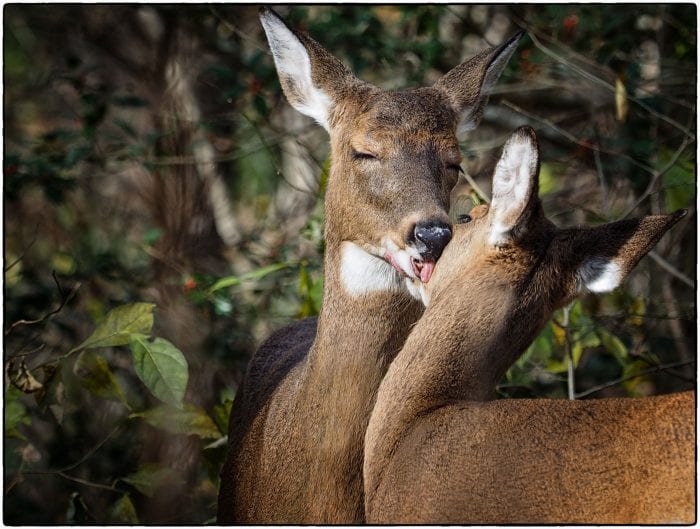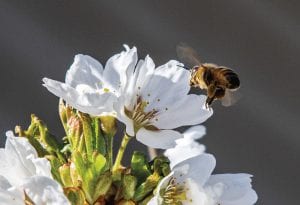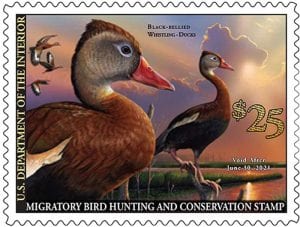By Cayla Rosenhagen

As we embark on a new year, many of us have resolved to make this year better than the last. Let’s aim to make 2022 a year to smile more and support our neighbors as well as the planet. Our community has so much to offer in helping us achieve our goals. I’d like to share some of my favorite environmentally conscious, self-care resolutions.
Improve Your Diet and Shop at Local Farmers’ Markets
Looking for a way to support local businesses, enhance your eating habits, and save the planet? Look no further than the Port Jefferson Winter Farmers Market held on Sundays from 10 a.m. to 2 p.m. in the Village Center, 101-A East Broadway, Port Jefferson through April 25 and the Huntington Farmers Market open on Sundays from 9 a.m. to 1 p.m. at the John J. Flanagan Center, 423 Park Avenue, Huntington. Buying from local vendors has many advantages. Not only are you purchasing a wide variety of nutritious, in-season goods, but you are also supporting the local economy. In addition, you are contributing to energy conservation since local vendors don’t have to transport their products over long distances.
Get Fit in the Great Outdoors
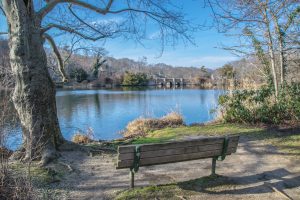
The ever-popular resolution to start or improve an exercise regimen can have physical, mental, and emotional health benefits. And the green spaces of Long Island’s north shore provide an ideal setting to accomplish your workout goals. With so many to choose from, I’d like to share some of my top picks.
Historic Frank Melville Memorial Park in Setauket offers a picturesque, 0.4-mile, paved loop around Mill Pond. Enjoy the local wildlife, such as ducks, songbirds, deer, and turtles, within easy view. Only minutes away is Trustees Road at West Meadow Beach in Stony Brook. Formerly home to beachfront cottages, the road is now closed off to car traffic. The paved, scenic, 1-mile path is a popular destination for walking, jogging, biking, and skating, and getting a dose of Vitamin “Sea.”
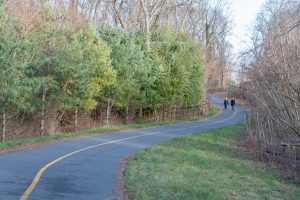
Stretching 3.5 miles through old-growth forests and neighborhoods, the Setauket to Port Jefferson Station Greenway has trailheads with parking at Limroy Lane in Setauket and Hallock Avenue and Main Street in Port Jefferson Station. On any given day, you can find joggers, families pushing strollers, bicyclists, and people out for a walk with their pooches on this hilly, paved path. If you are looking for a wider array of surfaces and difficulty levels, Sunken Meadow State Park in Kings Park is the place for you. Choose from taking a stroll along their well-maintained, 0.75-mile boardwalk along the Sound, or hiking the many miles of wooded trails, some of which offer challenging inclines.
Whether you decide to visit one of these parks or one of LI’s dozens more, be sure to keep the health of Mother Nature in mind. Abide by the “leave only footprints” rule and please be mindful of parks where no pets are permitted. If they are allowed, keep your pets leashed and pick up after them. Go that extra mile by toting a reusable water bottle, as opposed to a disposable, plastic one, and bring along something to pick up any litter you may encounter.
Embrace Your Green Thumb
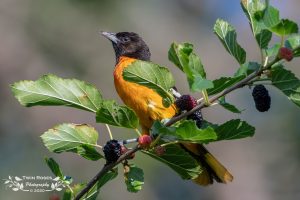
Despite the chilly weather, now is the perfect time to begin planning your own backyard garden. There is no greater satisfaction than eating a homegrown tomato fresh from the vine. In the most literal sense, you get to reap what you sow. Not only will you save money on your produce bill, but gardening is also a natural stress reliever. Beyond the veggie garden, consider planting native plants and making eco-friendly decisions in how you care for your yard.
For example, traditional fertilizer often finds its way into our water supply and causes a multitude of health issues for us and the planet. Composting is a much safer option. Native plants are evolutionarily designed to thrive in our climate and therefore require less care and less water. To go a step further, make your property a haven for wildlife by providing edible native plants, a water source, and plenty of shelter. By encouraging wildlife such as birds and bats to your yard, these critters will return the favor by eating up the pesky bugs in your yard. This is a wonderful alternative to dangerous pesticides. Reach out to Four Harbors Audubon Society for assistance with this through their “Bird Oasis” program. Visit their website at https://4has.org/bird-oasis.
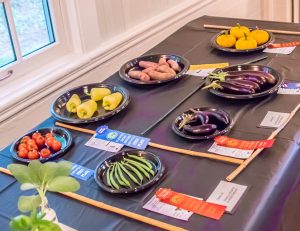
No room to garden at your residence? No problem. How about participating in a community garden? In addition to getting to know fellow neighborhood gardeners, you will also get the chance to learn from experts. I recently spoke with Ann Pellegrino, the president of Hobbs Farm in Centereach. Here, you can volunteer your time to work in their fields without committing to being the sole caretaker of an individual plot. Your efforts can contribute to supplying local soup kitchens and food pantries with about 30,000lbs of organically grown produce annually. If you’re unable to volunteer your time but looking to support the mission of Hobbs Farm while supporting your health, purchase a Community Supported Agriculture membership to receive farm-fresh produce weekly. The farm also runs a farm-stand during the warmer weather. For more information, visit https://hobbsfarm.info.
Cornell Cooperative Extension of Suffolk County is a valuable resource for new and experienced gardeners. In speaking with Roxanne Zimmer, the community horticulture specialist, I learned the cooperative extension offers a variety of learning opportunities at public libraries and you don’t need to be a patron of that library to attend. For anyone interested in becoming a Master Gardener, CCE Suffolk will be accepting applications for their 16-week training program until January 31. More info can be found at ccesuffolk.org/gardening/community-gardens-in-suffolk-county.
Joining the Three Village Garden Club is another wonderful way to learn more about horticulture. They offer a variety of classes, gatherings, and exhibits. The club dates back almost a century and will resume its meetings at the Setauket Neighborhood House in early spring. More info to come soon.
Reduce Your Meat and Dairy Intake
The animal agriculture industry produces more greenhouse gases than the world’s vehicle exhaust. Aside from this, natural habitats worldwide, including the oxygen-producing rainforests in South America, are being torn down to create pastures for livestock to graze in, dislocating thousands of native species. By partaking in “Meatless Mondays” or simply reducing your meat and dairy intake all-around, you can be part of a worldwide movement to slow the progress of global warming and depletion of the ozone layer.

Reducing your intake of red meat and other animal products has also been scientifically proven to have a plethora of health benefits. Some of these include reduced risk of having a stroke, heart disease, and obesity. Challenge yourself to get creative in the kitchen with vegan and vegetarian recipes with the produce you purchase at local farmers’ markets. Take advantage of the fabulous, free cooking classes presented by our local libraries featuring vegetarian cuisine ranging from veggie stromboli at Middle Country Public Library to vegetable empanadas at Emma S. Clark Memorial Library. Check out your local library’s webpage for more information.
Pay it Forward
Reflect and give thanks by donating to a cause that embraces what’s important to you. Being charitable is not only a gift to others but a gift to yourself. According to multiple studies from around the globe, generous behavior is linked to a happier, healthier, more satisfying, and less stressful life. Whether you make a monetary contribution, a donation of goods, or choose to volunteer your time, there are plenty of local charities that would be grateful for your support. Here are some ideas to consider.
Have some clothing or furniture you no longer use? Angela’s House is a non-profit which assists families with medically frail children and will gladly accept these items for their fundraising Home Store located in Medford. Visit https://www.angelashouse.org to learn more about their mission and ways you can help. Looking for a way to help furry friends? There are many ways to support Save-A-Pet Animal Rescue and Adoption Center in Port Jefferson Station, including financially, assisting with animal care, and donating items from their Wish List. See https://www.saveapetli.net for more information.
Interested in donating to an organization that benefits many causes? The Harry Chapin Foundation in Huntington awards grants to charities supporting agriculture, the arts, education, and environmental causes. Donate through their website at https://harrychapinfoundation.org.
In saying goodbye to 2021, let us welcome the new year with these simple, yet impactful resolutions for a happier and healthier you, an even stronger community, and a greener Earth. Happy New Year, everyone!
Cayla Rosenhagen is a local high school student who enjoys capturing the unique charm of the community through photography and journalism. She serves on the board of directors for the Four Harbors Audubon Society and Brookhaven’s Youth Board, and is the founder and coordinator of Beach Bucket Brigade, a community outreach program dedicated to environmental awareness, engagement, and education. She is also an avid birder, hiker, and artist who is concurrently enrolled in college, pursuing a degree in teaching.

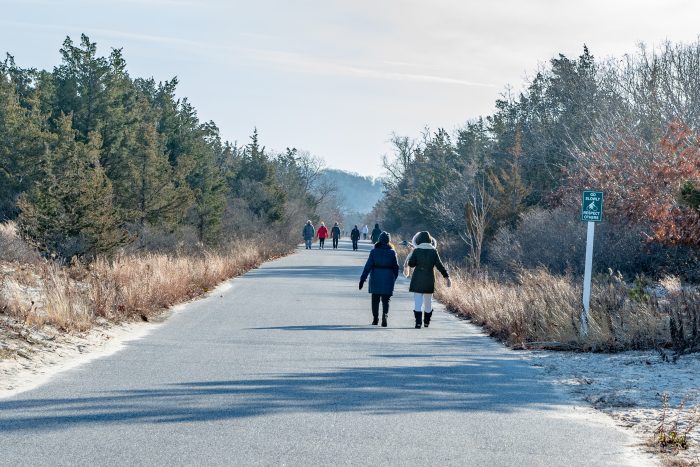
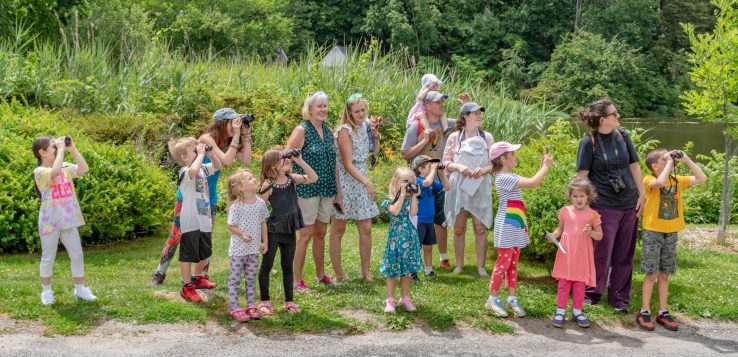
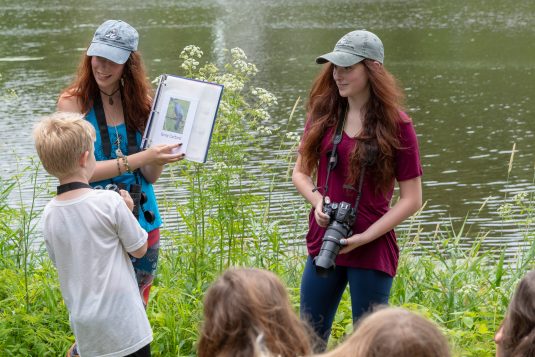
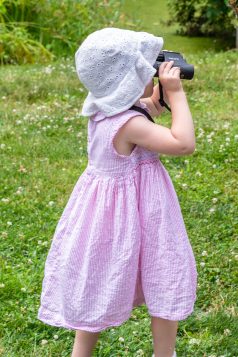
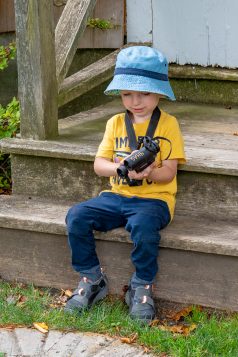
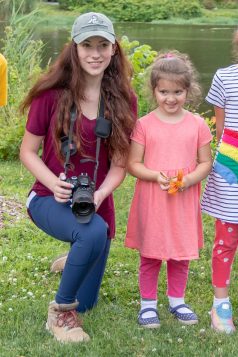
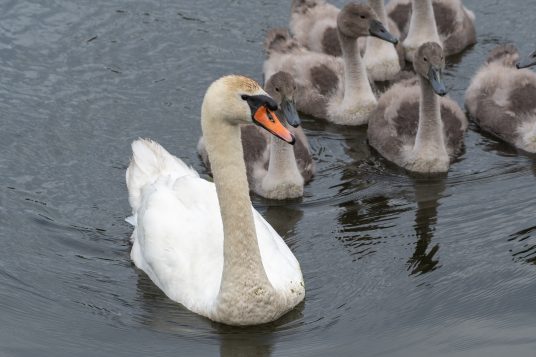

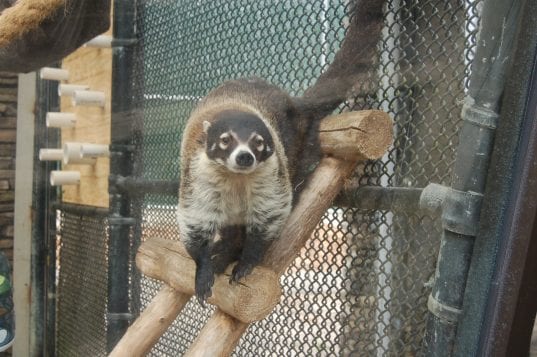
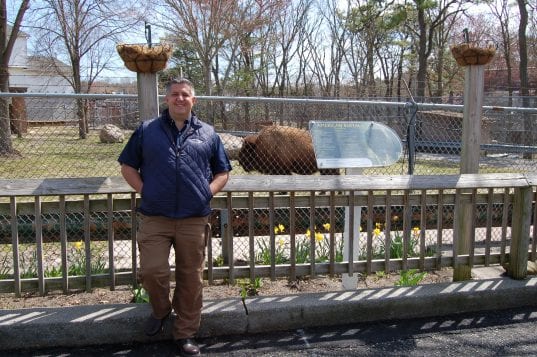
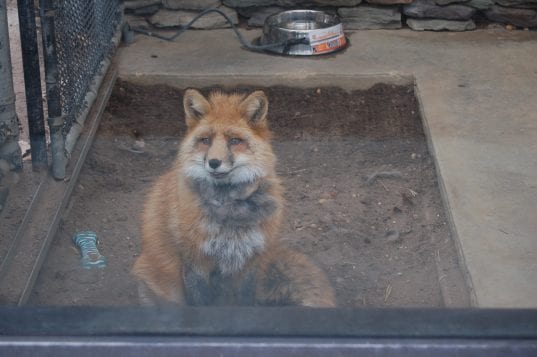
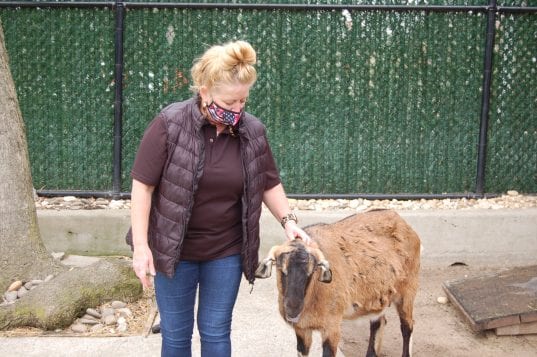
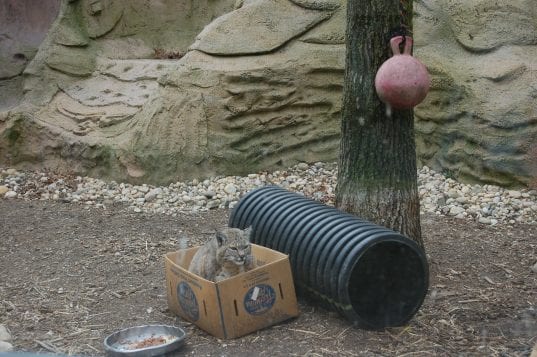
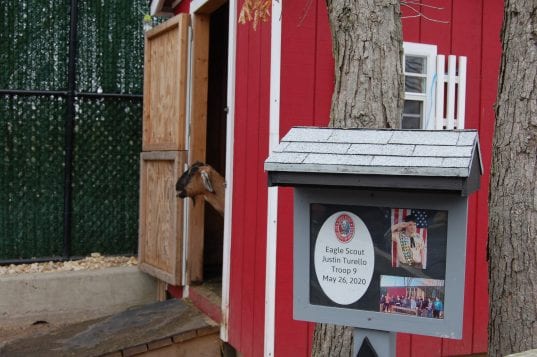
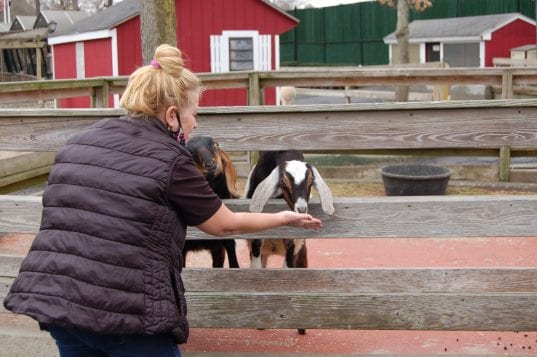
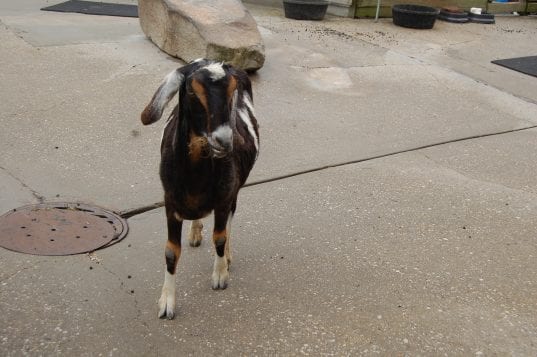

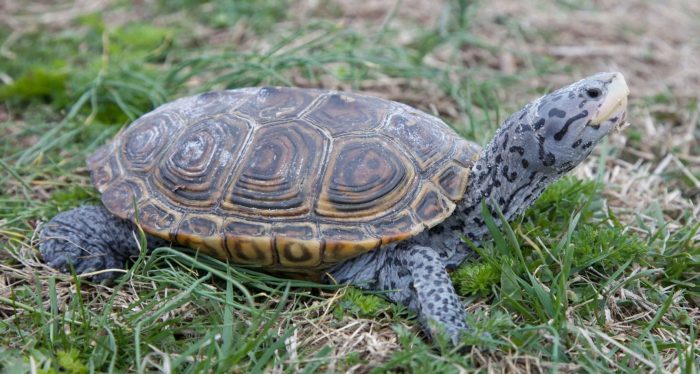
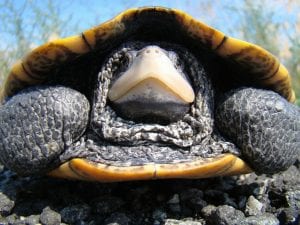
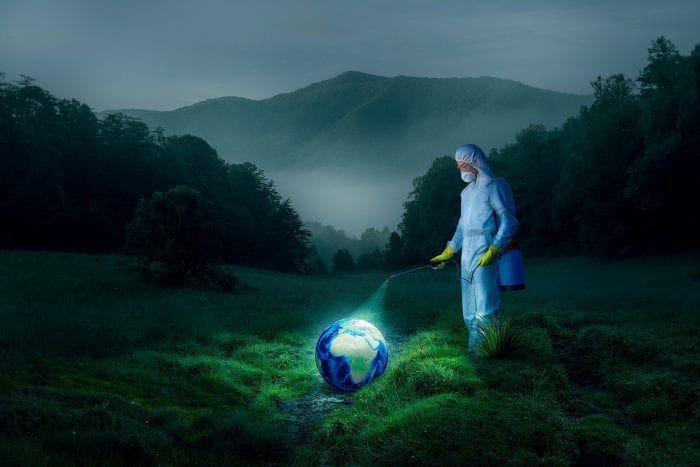

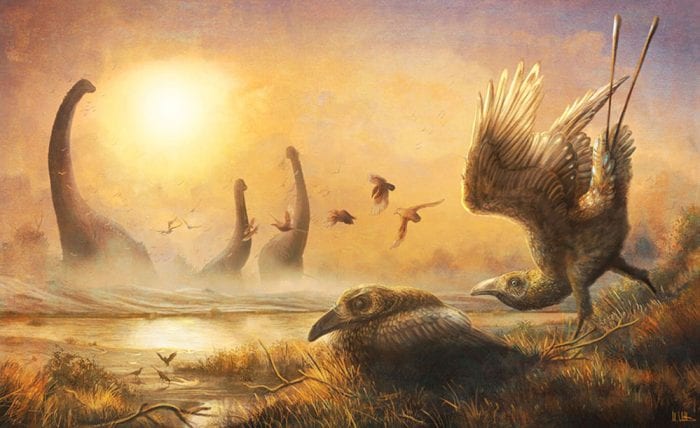
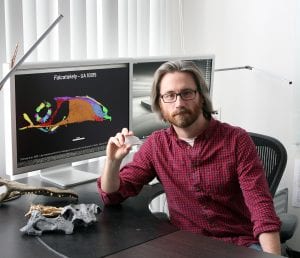
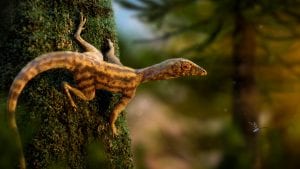
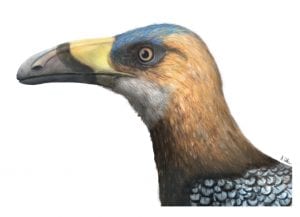
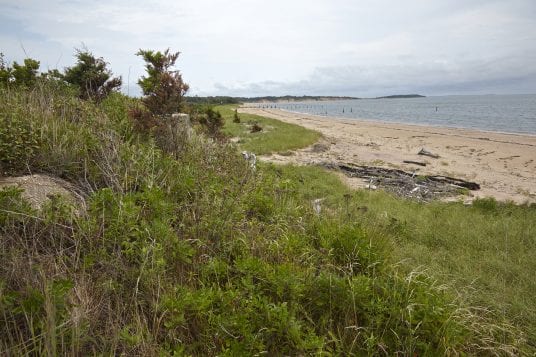
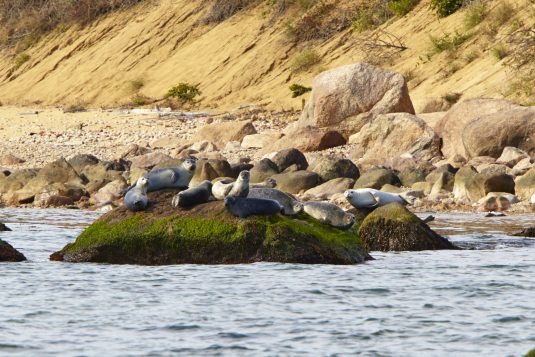
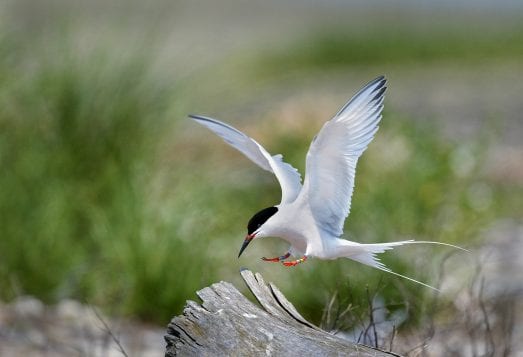
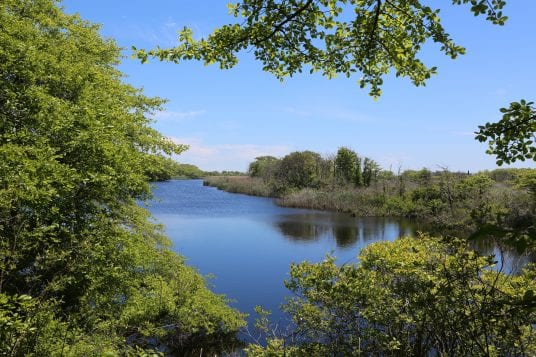
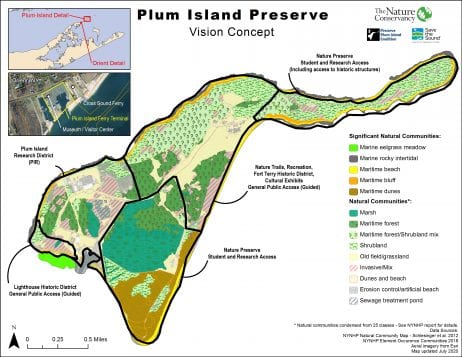
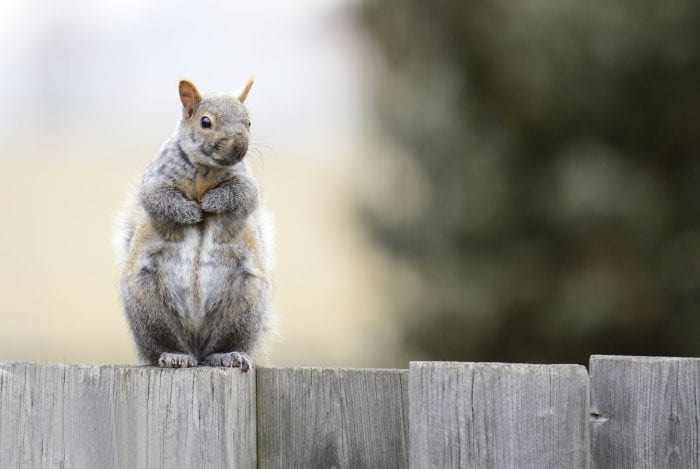
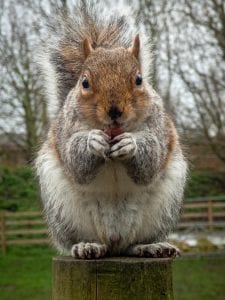 My interest in squirrels and their nests came about from a book I had looked at in the junior high school library; I think it was entitled “Animal Homes”— although this factoid I don’t remember quite so clearly! But what I do remember in the book was the account which explained that grey squirrels make two types of nests — those in tree cavities, often used in winter, and the one I was going to inspect consisting of a globe-shaped leafy ball, known as a “drey,” wedged amidst branches, also used in winter but more often during the warmer months. The account mentioned that most dreys consisted of a single chamber although occasionally they make two chambers — the equivalent of a foyer leading into the living room.
My interest in squirrels and their nests came about from a book I had looked at in the junior high school library; I think it was entitled “Animal Homes”— although this factoid I don’t remember quite so clearly! But what I do remember in the book was the account which explained that grey squirrels make two types of nests — those in tree cavities, often used in winter, and the one I was going to inspect consisting of a globe-shaped leafy ball, known as a “drey,” wedged amidst branches, also used in winter but more often during the warmer months. The account mentioned that most dreys consisted of a single chamber although occasionally they make two chambers — the equivalent of a foyer leading into the living room.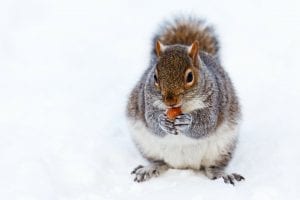 Many years ago I worked in a nature preserve and one day went to look at some white baneberry growing along a trail I knew was developing fruits (also known as doll’s eyes due to the resemblance of the fruits to the eyes once used in old fashioned porcelain dolls, white baneberry is in the buttercup family). As I neared the plants I noticed, at the base of a large chestnut oak on the other side of the trail, a small brownish object. Inspecting it I realized it was a freshly dead flying squirrel. I sadly wondered if the squirrel had misjudged the location of the tree or got carried by the wind and collided with the tree with such force that it caused its demise.
Many years ago I worked in a nature preserve and one day went to look at some white baneberry growing along a trail I knew was developing fruits (also known as doll’s eyes due to the resemblance of the fruits to the eyes once used in old fashioned porcelain dolls, white baneberry is in the buttercup family). As I neared the plants I noticed, at the base of a large chestnut oak on the other side of the trail, a small brownish object. Inspecting it I realized it was a freshly dead flying squirrel. I sadly wondered if the squirrel had misjudged the location of the tree or got carried by the wind and collided with the tree with such force that it caused its demise.